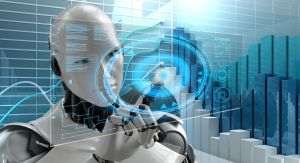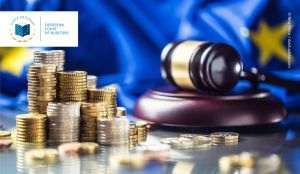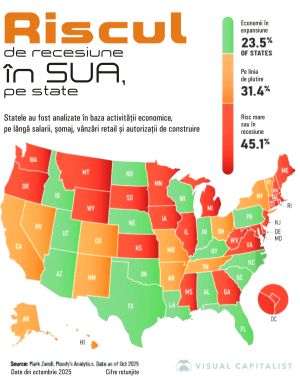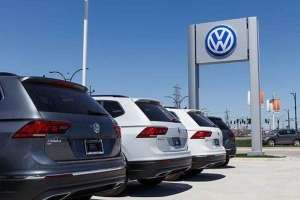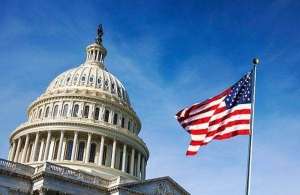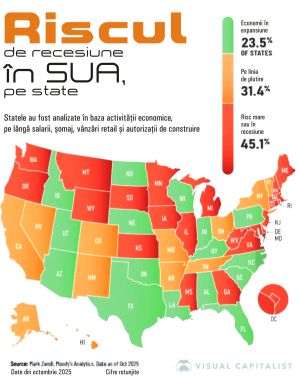In Q2 2011, Romania had the weakest economic annual growth of the EU (0.3%), according to Eurostat estimates.
Furthermore, the Gross Domestic Product (GDP) only increased 0.2% (seasonally adjusted data) in Q2 2011, compared to 0.7% in Q1 2011, according to estimative data of the National Statistics Institute (INS).
Analysts have diverging opinions concerning the economic growth of the second quarter.
• Liviu Voinea: "The growth isn"t caused by certain economic conditions, nor does it reflect the living standard"
The overall growth of the economy this year, is achieved compared to the basis effect, (i.e. by comparison with a preceding bad year), said Liviu Voinea, the executive director of the Applied Economy Group (GEA). He said that the growth of 0.2% of the second quarter "is purely statistic, on paper, it is not owed to certain economic conditions, nor does it reflect the living standard". Liviu Voinea added: "Unfortunately, no major source of growth for the economy can be seen, not this year, nor in the following years. Even assuming that the official estimates are valid (ed. note: 1.5% economic growth in 2011, and 3.7% in 2012), the GDP will return to 2008 levels in 2014, but will indebt ourselves three times more."
The growth of the GDP of 0.2% is very small and is within the 0.3% margin for error, according to the executive director of the GEA.
• Dragoş Cabat: "Exports and industrial output have continued to be the engines of economic growth"
"Exports and industrial production were the engines of economic growth, even though their advance has slowed down compared to the first quarter", said Dragoş Cabat, the vice-president of "CFA România".
He added: "If we are comparing our performance to that of our trade partners of the EU, our country"s results are positive, but they will worsen in the future, if Germany, France, Italy and Spain will not keep their imports from Romania at the current levels".
Dragoş Cabat said that the advance of agricultural production this year is a positive sign and that its effects will be visible more strongly in the third quarter. He added however, that it is not agriculture that should be generating healthy economic growth, but rather the sector that helps reduce inflation, given the fact that agriculture accounts for less than 10% of the GDP (similarly to construction).
Dragoş Cabat went on to say: "Starting with the second quarter, investments and a recovery of the service sector support economic growth, as exports and industrial output are not strong enough to cause the economy to advance".
• Daniel Ionescu: "The growth of the GDP is the result of the raise of the VAT rate"
The raise of the GDP is almost entirely due to the hike of the VAT rate", considers Daniel Ionescu, who is PhD in economics. He said that the VAT is being calculated "at" rather than "out of" the added value, according to the methodology used for its calculation, and is implicitly being calculated as an element for the increase of the GDP.
Daniel Ionescu said that without pro-active measures for increasing production, Romania can not experience a real growth of the GDP, in other ways than on the back of harvests above the average of the previous years, as well due to the increase of the added value in the tertiary sector (financial services), but the growth is uncertain.
He considers that the raise of the GDP in the second quarter VAT is simply an accounting trick, resulting from the surplus of VAT following the generated following the increase of the standard taxation of the real value produced in the country.
• Nicolae Chidesciuc: "The surprise most likely came from agriculture"
The economic growth of 0.2% of the second quarter came as a surprise for analyst Nicolae Chidesciuc, chief-economist at "ING Bank România". He was expecting a slight contraction (0.1%) of the economy in the second quarter.
"The surprise most likely came from agriculture, which had a more significant contribution than we expected", according to the chief economist of "ING Bank Romania". The other sectors had contractions, with the exception of the construction sector which had a modest growth, he added.
The economic growth in the EU was 1.7% (seasonally adjusted), compared to the similar period of 2010, but it has slowed its dynamic over the first quarter of 2011. The GDP of the EU only increased 0.2% in the second quarter, compared to 0.8% in Q1 2011.
The largest growth of the GDP (seasonally adjusted) was recorded by Lithuania (5.9%), Latvia (5.7%) and Sweden (5.3%) in Q2 2011, compared to last year"s similar period. In turn, France had a growth of just 1.6%, Italy, 0.8%, Spain and Great Britain 0.7%.
the GDP of the United States increased 0.3% in Q2 2011, (compared to 0.1% in Q1 2011) and 1.6% compared to Q2 2010.
The GDP of Japan fell 0.3% in Q2 2011 (compared to 0.9% in Q1 2011) and 0.9% compared to Q2 2010.


